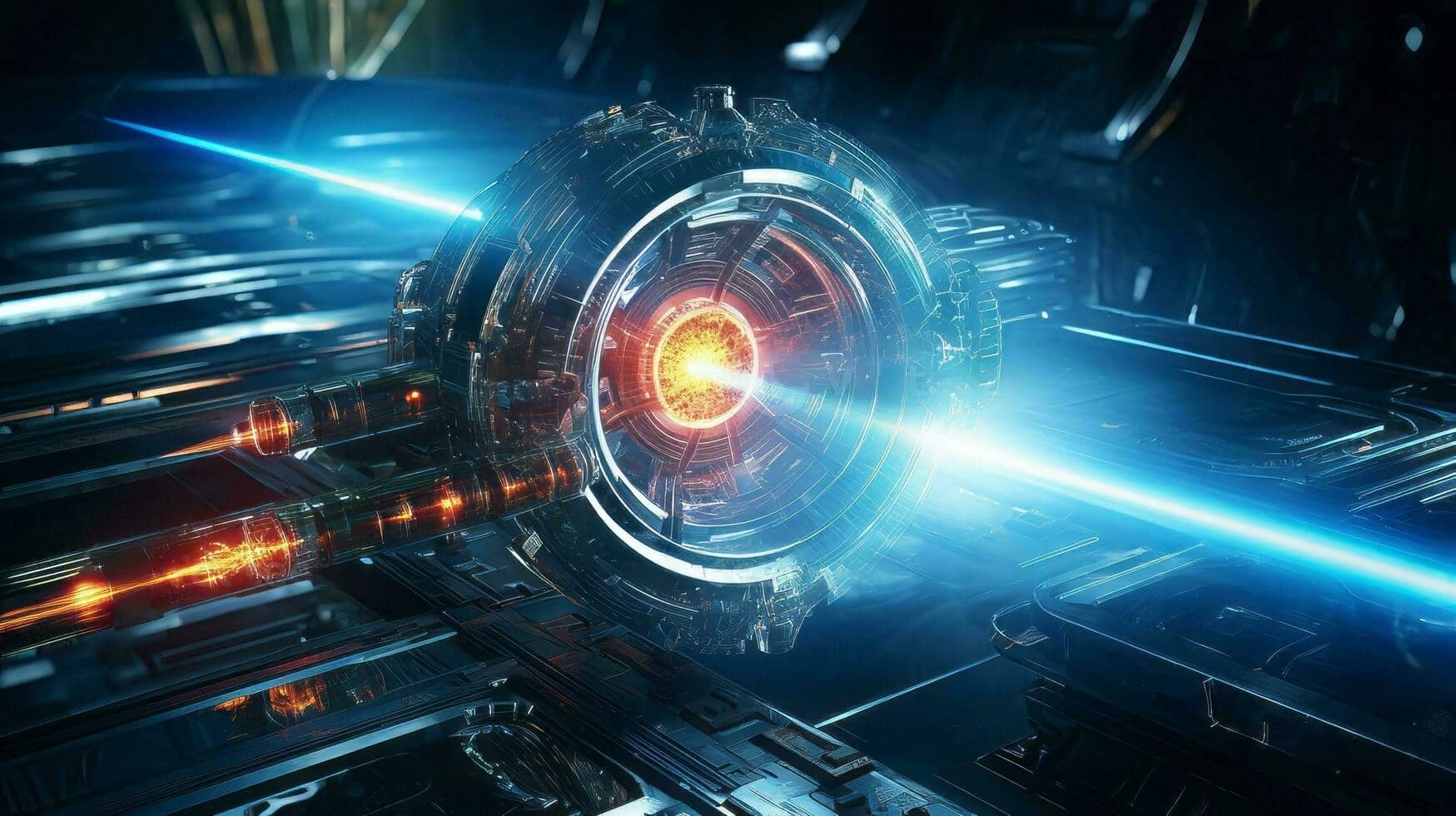
Imagine a world where energy is unlimited and virtually free. This isn’t science fiction; it’s the potential reality of next-generation fusion reactors. Fusion, the process that powers our sun, could transform our energy landscape by producing immense power without the environmental downsides. As researchers push the boundaries of what’s possible, these futuristic reactors are set to revolutionize how we generate and use energy.
Fusion reactors harness the energy of the stars by fusing light atomic nuclei to create heavier ones, releasing a staggering amount of energy in the process. Unlike conventional nuclear reactors, which split atoms and produce radioactive waste, fusion promises a cleaner, virtually limitless source of power. This technology is not just about innovation—it’s about solving some of the most pressing challenges of our time, from climate change to energy scarcity.
The journey from theoretical concept to practical fusion power involves a range of exciting technological advancements. Let’s explore how these new developments are pushing fusion reactors closer to reality and the transformative impact they could have on our world.
Revolutionary Designs in Fusion Reactors
Next-generation fusion reactors are pushing the envelope with groundbreaking designs. The tokamak, a donut-shaped magnetic confinement device, has been at the forefront of fusion research. By using powerful magnetic fields to contain and stabilize the superheated plasma, tokamaks aim to sustain fusion reactions long enough to produce net energy gain. Recent advancements in superconducting magnets have enhanced these reactors’ efficiency, bringing us closer to practical fusion power.
Meanwhile, stellarators are another exciting design innovation. Unlike tokamaks, stellarators use twisted magnetic fields to confine plasma without relying on an external current. This approach promises improved stability and reduced risk of plasma disruptions. The latest stellarator designs incorporate advanced materials and control systems to handle the extreme conditions inside the reactor, marking significant progress in fusion technology.
In addition to magnetic confinement, researchers are exploring inertial confinement fusion. This technique involves compressing a small pellet of fusion fuel with intense lasers or other energy sources. The precision of these energy pulses creates the extreme temperatures and pressures needed for fusion. Innovations in laser technology and target design are pushing inertial confinement closer to becoming a viable method for generating clean energy.
The Game-Changing Benefits of Fusion Energy
Fusion energy could be a game-changer for our planet. First and foremost, it’s incredibly clean. Fusion reactions produce minimal radioactive waste compared to conventional nuclear fission and do not release harmful greenhouse gases. This makes fusion a powerful tool in the fight against climate change, offering a sustainable energy solution that reduces our carbon footprint.
Another advantage is the abundance of fusion fuel. The primary fuels for fusion reactions—deuterium and tritium—are derived from water and lithium, respectively. Deuterium is plentiful in seawater, while tritium can be bred from lithium, which is widely available. This means that fusion energy could provide a nearly limitless supply of power, far surpassing the constraints of fossil fuels and other energy sources.
Fusion reactors also promise a consistent and reliable power output. Unlike renewable sources such as solar and wind, which are subject to weather conditions and time of day, fusion energy could provide a steady flow of power. This reliability is crucial for meeting the growing global energy demand and ensuring that we can maintain a stable and secure energy supply.
Overcoming Challenges on the Path to Fusion Power
Despite its immense potential, achieving practical fusion energy is no small feat. One of the major challenges is creating and sustaining the extreme conditions necessary for fusion. The plasma in a fusion reactor must reach temperatures of millions of degrees Celsius, which requires sophisticated heating and confinement systems. Scientists are continuously developing new technologies to manage these extreme conditions and maintain stable fusion reactions.
Economic feasibility is another hurdle. Building and operating fusion reactors involves significant costs, and researchers are working hard to make these technologies cost-competitive with other energy sources. Advances in reactor design, efficiency improvements, and scaling up production will be crucial in making fusion energy an economically viable option.
The progress in next-generation fusion reactors is paving the way for a new era of energy production. As researchers tackle these challenges and refine fusion technologies, the vision of harnessing the power of the stars becomes more tangible. The future of energy could be bright and clean, powered by the incredible potential of fusion reactors.
The quest for next-generation fusion reactors is not just about technological innovation—it’s about transforming our approach to energy and creating a sustainable future. As we continue to push the boundaries of what’s possible, fusion energy stands poised to revolutionize the global energy landscape and provide a powerful solution to some of the world’s most pressing challenges.

